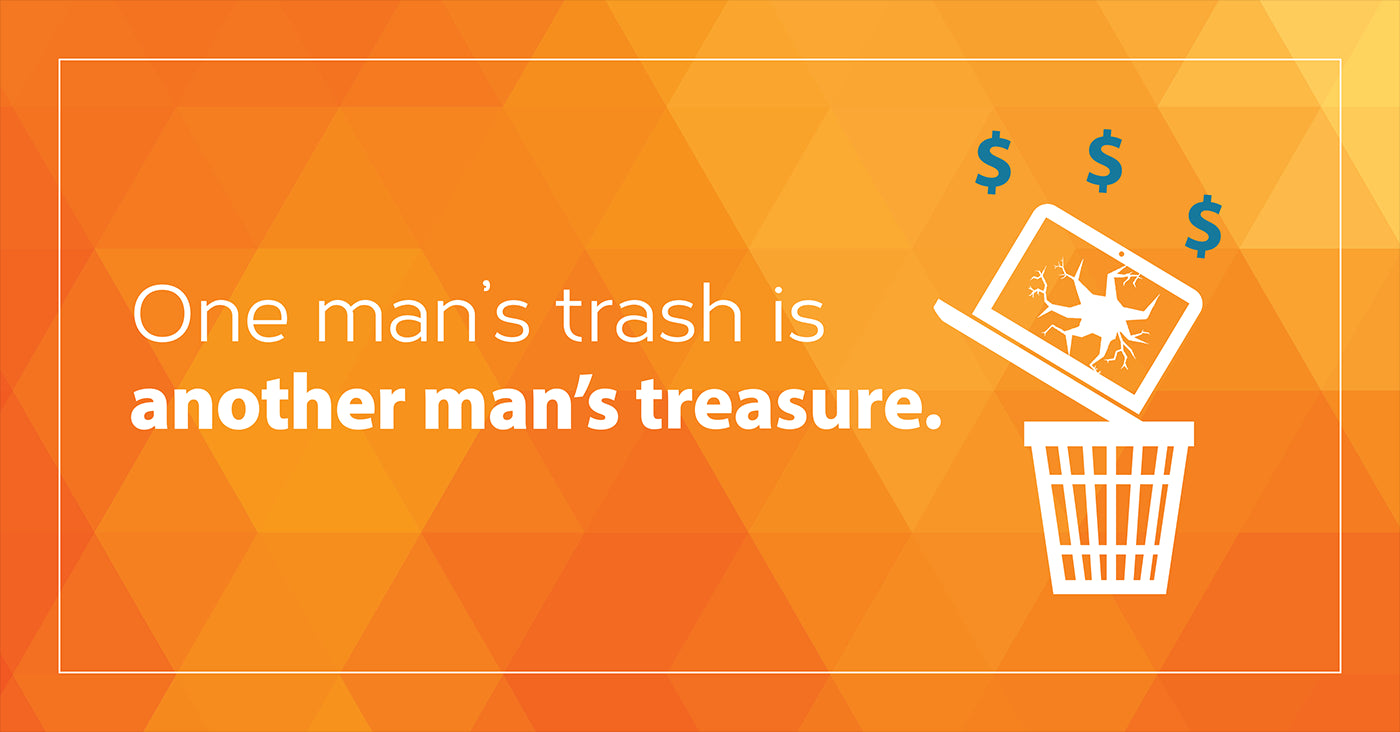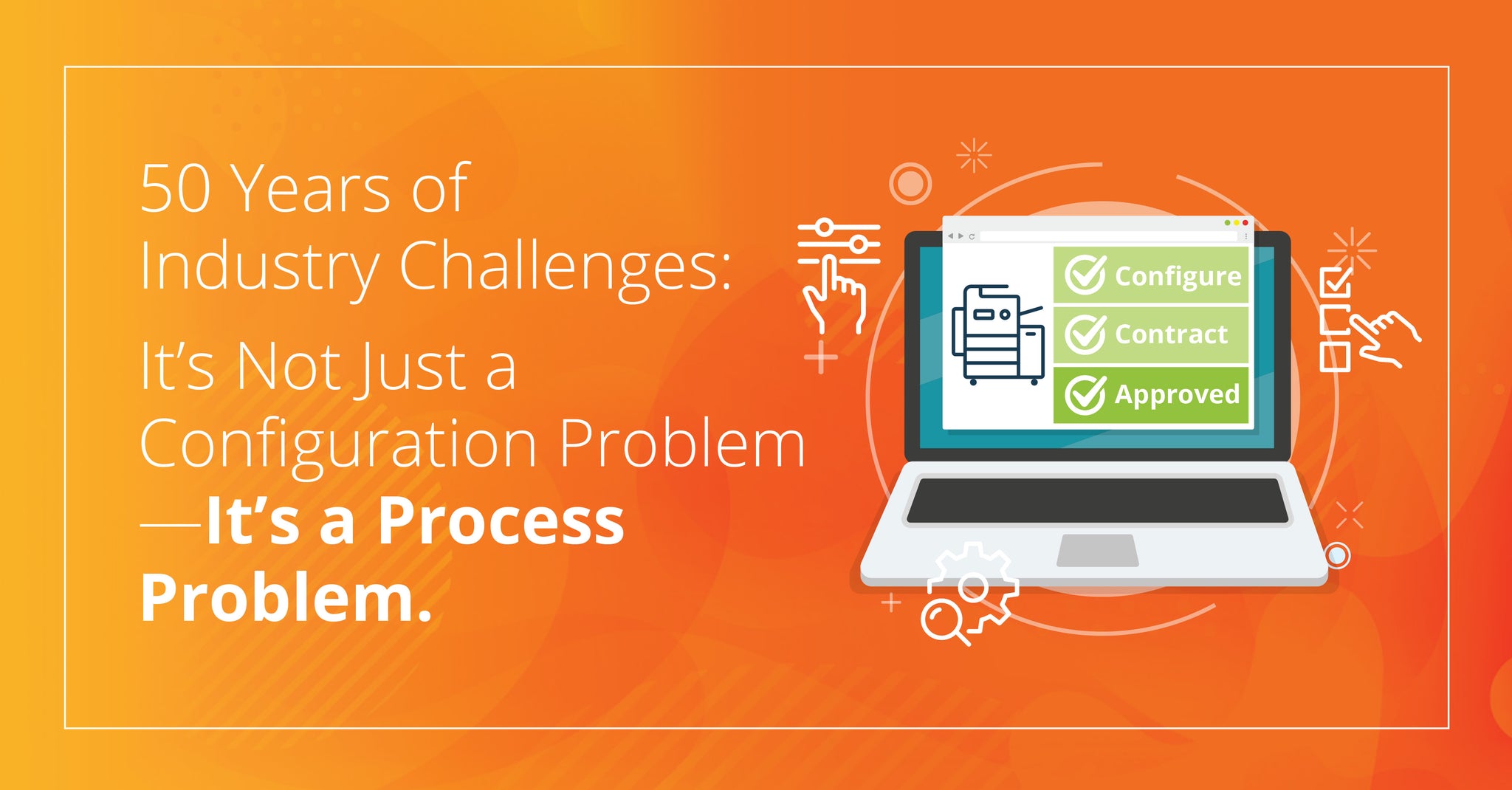
 Have you ever been in the “office” of an IT department? It’s the technology equivalent to the island of misfit toys from Rudolph the Red-Nosed Reindeer. Old phones, monitors, displays, laptops, desktops, and a lot of components stacked up on shelves and on top of each other.
Have you ever been in the “office” of an IT department? It’s the technology equivalent to the island of misfit toys from Rudolph the Red-Nosed Reindeer. Old phones, monitors, displays, laptops, desktops, and a lot of components stacked up on shelves and on top of each other.
One of my favorite questions is “what’s the oldest piece of technology you have in here?” Sometimes I see an original Blackberry© phone or an old Nokia. Maybe it's a rear-projection monitor, or memory that fits on an old 486 desktop computer that ran Windows 95. IT guys love playing show and tell with old technology. The reality is that almost all of it is useless. In some cases, it’s a liability because it contains data on drives that probably aren’t encrypted. You often see a lot of old drives ripped out of computers for this exact reason—IT knows it’s a liability, so they can’t let it go. Do you see the opportunity here?

When I first started selling remanufactured cartridges in the early 1990s (and yes, I know I’m a geezer!) we needed empty cartridges before we could refill them. It was my responsibility to collect as many empties as I sold. The easiest sales process in the world ensued. I would call up IT companies and ask if I could buy their “garbage”. At first, they thought it was great getting a few extra bucks for empty toners they threw away. When senior management figured it out, they started to ask questions like, what do you do with those empties? Fish on!
When I explained that we refilled and sold them to other companies for half the price of an original, they wanted in.
That’s how a 5 billion dollar aftermarket supply business got started.
So, why are imaging dealers best equipped to use the same strategy for entering the IT market? Infrastructure. You have:
- Field service technicians on the road every day
- Delivery vehicles on the road every day
- Warehouse space to collect, sort and palletize e-waste
- Technology to destroy/erase and certify old hard drives
Most technology resellers, especially e-commerce companies like Amazon and CDW are set up for one-way traffic. They do not want anything to do with e-waste. This is your opportunity.
Environmental responsibility. Lifecycle management.
Businesses have mandates to be better environmental stewards. Nowhere does it say this needs to be free. Certified destruction has a significant value, and cost. Removal of e-waste is often regulated by state and local government, but companies do respect that removing this from their office has a cost.
All too often I hear that imaging dealers don’t want to sell products online because they can’t compete on price against the likes of Amazon or CDW.
My Answer:
- Don’t compete on price!
- Compete on value.
- Compete on service.
- Compete on lifecycle management.
- Compete with your local advantage.
- Compete with your long-standing relationship.
- Compete with trust.
E-waste is a great way to open doors and establish a relationship with the IT department of accounts you currently only sell print infrastructure to.
Many imaging resellers happily tell me that their sales reps are “top shelf,” the best in the industry, and that they have long standing relationships with accounts. How, then, should anyone accept that you can’t sell IT products because you can’t compete on price?
The answer, of course, is that it’s never been about price. It’s always been about value. The one thing online resellers have done is make product acquisition much, much easier, than the traditional face-to-face model. The good news is that advantage can be removed by building an e-commerce website. Once you check that box, you can get back to doing what you do best, selling your tremendous advantage over simple online resellers.
A great way to initiate the conversation is with e-waste.


